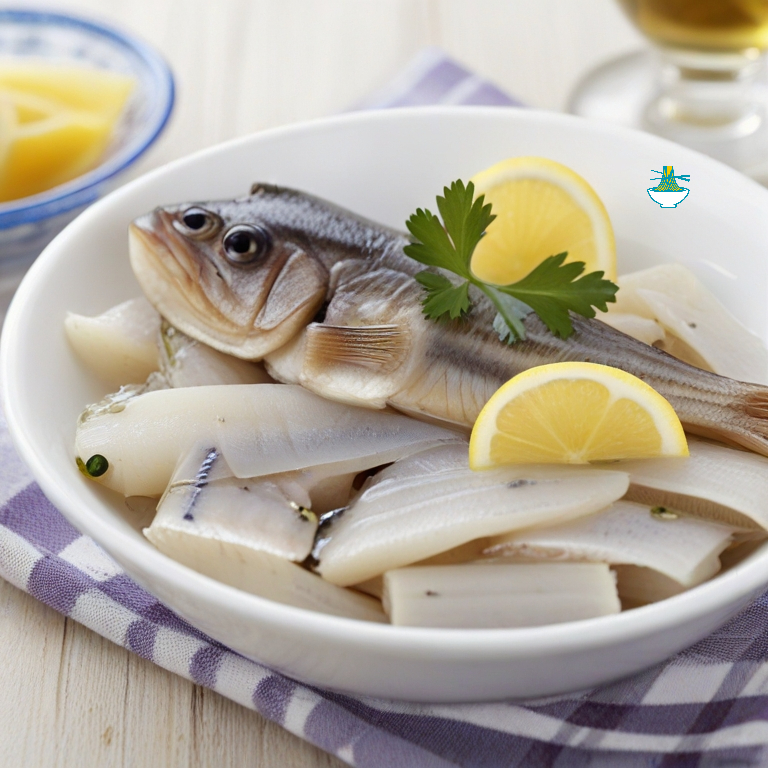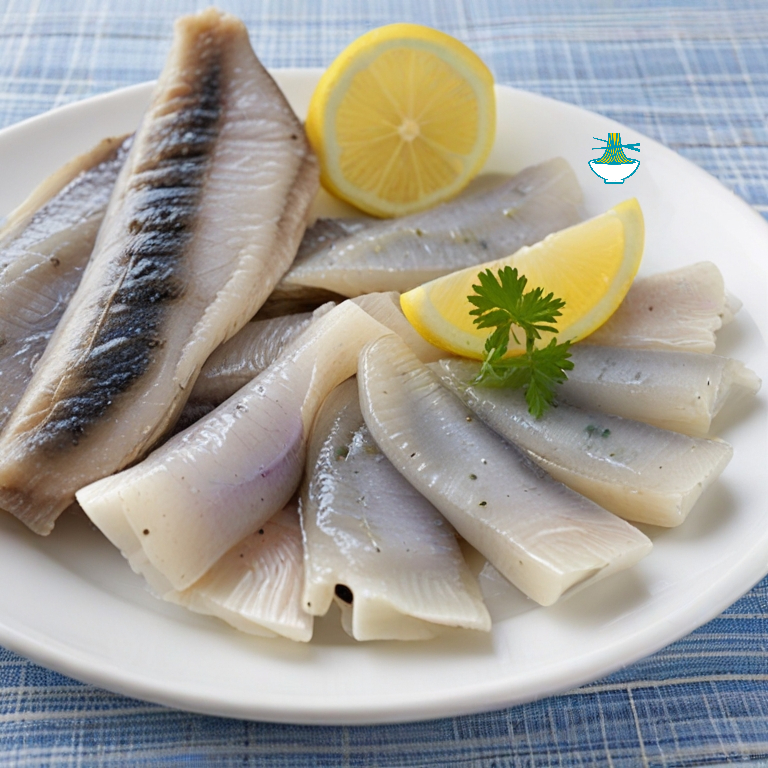Embark on a culinary journey to Finland and discover the unique delicacy known as Silli. Derived from the Swedish word for herring, Silli holds a cherished place in Finnish cuisine and culture. Join us as we delve into the rich history and traditions surrounding this beloved dish, from its humble origins as a staple food for sustenance to its elevated status as a gourmet delight.
In this immersive exploration, we'll uncover the various methods of preparing Silli, ranging from traditional pickling techniques to modern interpretations that showcase Finland's culinary innovation. Learn about the significance of Silli in festive occasions, such as Midsummer celebrations and Christmas feasts, where it takes center stage on dining tables across the country.
Moreover, gain insights into the cultural significance of Silli, as we delve into its role in Finnish folklore, art, and literature. Discover how this humble fish has inspired poets, painters, and chefs alike, leaving an indelible mark on Finland's cultural landscape.
Whether you're a culinary enthusiast eager to try your hand at traditional Finnish recipes or a cultural aficionado interested in the stories behind the dishes, our exploration of Silli promises to offer a tantalizing blend of flavors, history, and tradition from the heart of Finland.
Ingredients:
- 500g fresh herring fillets, skin on
- 2 onions, thinly sliced
- 1 cup white vinegar
- 1 cup water
- 1/2 cup granulated sugar
- 1 tbsp whole allspice
- 1 tbsp whole cloves
- 2 bay leaves
- Salt, to taste
- Fresh dill, for garnish (optional)

Instructions:
1- Begin by preparing the herring fillets. Rinse them thoroughly under cold water and pat them dry with paper towels. Using a sharp knife, remove any bones from the fillets and cut them into bite-sized pieces.
2- In a large non-reactive bowl or dish, layer the sliced onions and herring fillets, alternating between the two.
3- In a saucepan, combine the white vinegar, water, sugar, allspice, cloves, bay leaves, and a pinch of salt. Bring the mixture to a gentle simmer over medium heat, stirring occasionally until the sugar has completely dissolved. Remove the saucepan from the heat and allow the pickling liquid to cool slightly.
4- Once the pickling liquid has cooled, carefully pour it over the herring and onion layers in the bowl, ensuring that the fish is fully submerged. Cover the bowl with plastic wrap or a lid and refrigerate for at least 24 hours to allow the flavors to develop.
5- After the pickling process is complete, remove the bowl from the refrigerator and discard the bay leaves and any excess spices that may be clinging to the fish.
6- To serve, arrange the pickled herring and onions on a platter, garnishing with fresh dill if desired. Serve cold as an appetizer or snack, accompanied by rye bread or boiled potatoes.
7- Enjoy your homemade Finnish Silli, savoring the tangy, sweet, and aromatic flavors that have made it a beloved culinary tradition in Finland for generations.
Nutritional Values:
Herring Fillets (500g):
- Calories: 800 kcal
- Protein: 80g
- Fat: 52g
- Carbohydrates: 0g
- Fiber: 0g
benefits
- Rich source of high-quality protein.
- Contains omega-3 fatty acids, which are beneficial for heart health and brain function.
- Good source of vitamin D, selenium, and B vitamins.
Onions (2 medium-sized):
- Calories: 100 kcal
- Protein: 2g
- Fat: 0g
- Carbohydrates: 24g
- Fiber: 4g
benefits
- High in antioxidants, particularly flavonoids and quercetin, which may help reduce inflammation and lower the risk of chronic diseases.
- Good source of fiber, which aids in digestion and promotes gut health.
- Contains vitamins C and B6, as well as folate and potassium.
White Vinegar (1 cup):
- Calories: 48 kcal
- Protein: 0g
- Fat: 0g
- Carbohydrates: 0g
- Fiber: 0g
benefits
- Helps in digestion and may aid in weight management by increasing feelings of fullness.
- May help regulate blood sugar levels when consumed as part of a meal.
- Contains acetic acid, which has antimicrobial properties.
Water (1 cup):
- Calories: 0 kcal
- Protein: 0g
- Fat: 0g
- Carbohydrates: 0g
- Fiber: 0g
benefits
- Essential for hydration and overall bodily functions.
- Supports metabolism and helps transport nutrients throughout the body.
- Aids in digestion and detoxification processes.
Granulated Sugar (1/2 cup):
- Calories: 400 kcal
- Protein: 0g
- Fat: 0g
- Carbohydrates: 100g
- Fiber: 0g
benefits
- Provides quick energy due to its high carbohydrate content.
- Enhances flavor and helps balance the acidity in pickling solutions.
- Should be consumed in moderation as part of a balanced diet.
Allspice (1 tbsp):
- Calories: 18 kcal
- Protein: 0g
- Fat: 1g
- Carbohydrates: 5g
- Fiber: 3g
benefits
- Contains antioxidants that may help reduce inflammation and oxidative stress.
- Has antimicrobial properties and may aid in digestion.
- Adds warmth and depth of flavor to dishes.
Cloves (1 tbsp):
- Calories: 21 kcal
- Protein: 0g
- Fat: 0g
- Carbohydrates: 6g
- Fiber: 3g
benefits
- Rich in antioxidants, including eugenol, which may have anti-inflammatory and analgesic effects.
- May help improve digestion and relieve gastrointestinal discomfort.
- Adds a unique and aromatic flavor to foods.
Bay Leaves (2 leaves):
- Calories: 5 kcal
- Protein: 0g
- Fat: 0g
- Carbohydrates: 1g
- Fiber: 1g
benefits
- Contains essential oils with antimicrobial properties.
- May help regulate blood sugar levels and improve insulin sensitivity.
- Adds subtle herbal notes to dishes and enhances flavor.
Please note that these values are approximate and can vary based on factors such as brand, freshness, and specific varieties of ingredients used. Additionally, the pickling process may affect the nutritional content, particularly in terms of sodium and sugar content.


Comments